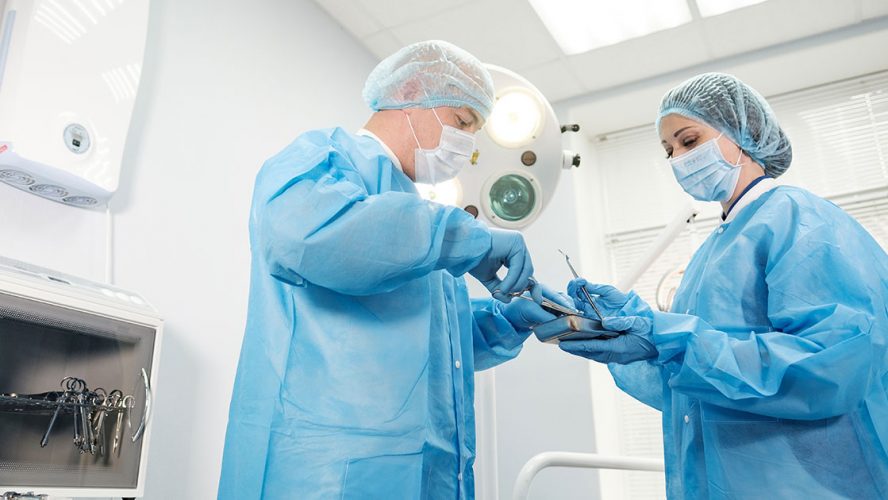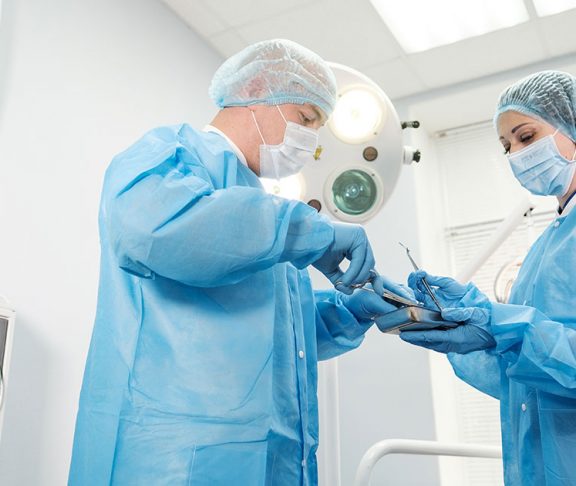
Beth P. Bell MD
Board Member, National Foundation for Infectious Diseases (NFID)
Each year in the United States, at least two million individuals get sick from antibiotic-resistant infections and more than 23,000 people die as a result of these infections. Antibiotics are life-saving medications that have played a key role in many successes of modern medicine. However, our toolkit for fighting antibiotic-resistant infections, especially those caused by “superbugs” resistant to most, or all, antibiotics, is perilously close to empty. The rise of antibiotic resistance is currently one of the world’s most serious health threats.
Using antibiotics increases the resistance to them because microbes constantly change and evolve to escape being killed by the antibiotics. Antibiotic resistance can spread in hospitals, long-term care facilities and other healthcare settings, as well as from patients who harbor resistant bacteria after having been treated with antibiotics. Infections can also be spread to humans from animals with antibiotic-resistant bacteria. Infections may occur because of contact with uncooked or improperly cooked meat from these animals or from food crops that have come into contact with contaminated water or runoff.
Everyone has a role to play
Avoiding infections in the first place reduces the need for antibiotics. Simple preventive measures like vaccinations, cooking meat thoroughly, practicing good hygiene including proper handwashing and taking antibiotics only when necessary and as prescribed are smart steps all individuals can and should take.
New drugs and diagnostics are also an important part of the solution. Microbes are constantly developing new ways to avoid the effects of antibiotics, so antibiotic resistance cannot be stopped, only slowed. We will always need new antibiotics in the development pipeline and new diagnostics to track resistance and guide antibiotic prescribing.
Changes in the medical community
Perhaps the most important intervention in slowing the spread of antibiotic resistance is to change the way antibiotics are used. The Centers for Disease Control and Prevention (CDC) estimates that up to 50 percent of all antibiotics used in healthcare and much of the antibiotic use in animals is unnecessary. We need to reduce the amount of antibiotics used in animals and support healthcare professionals in making appropriate determinations of when antibiotics are needed. The National Foundation for Infectious Diseases (NFID) has developed an Antibiotic Stewardship Pledge that healthcare professionals can use to visibly share their commitment to appropriate antibiotic prescribing with patients and colleagues.
Only by stewarding our existing antibiotic supply and encouraging healthcare professionals to use antibiotics only when they are needed with the right antibiotic, at the right dose, for the right amount of time, will we be able to prevent further antibiotic resistance. Guidelines for stewardship programs have been developed by CDC and are endorsed by many professional organizations. These guidelines need to be implemented across all aspects of healthcare, including veterinary care.
It is not too late to slow the spread of resistant bacteria. Prevention is key. Working together, we must identify and stop outbreaks faster, track the spread of disease more quickly and improve the way antibiotics are used in healthcare and agriculture to preserve the effectiveness of these precious medicines.

